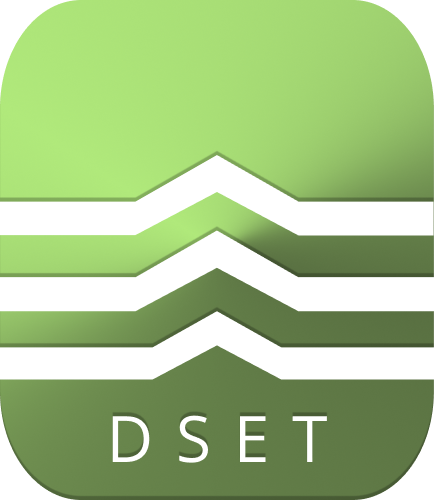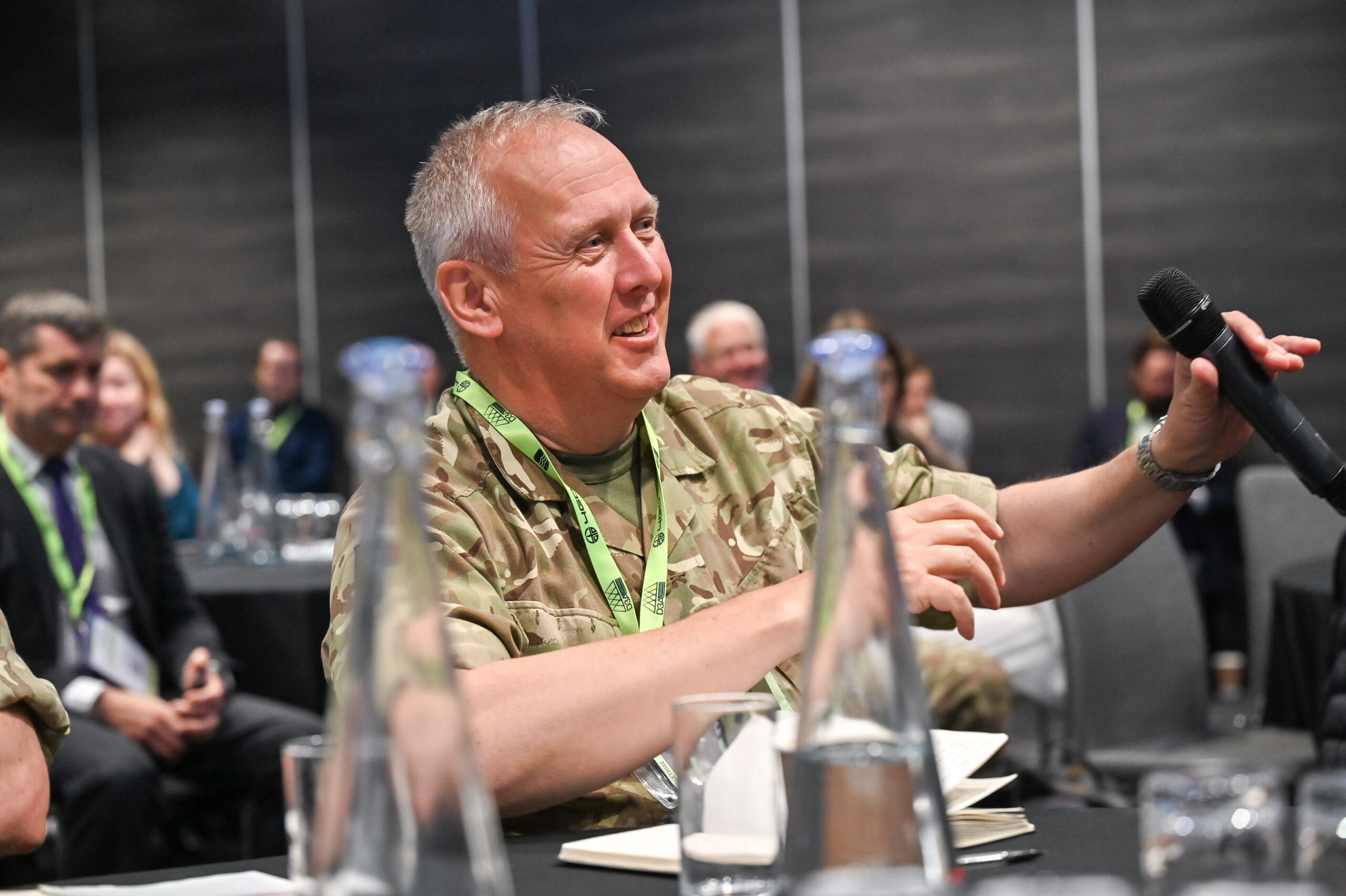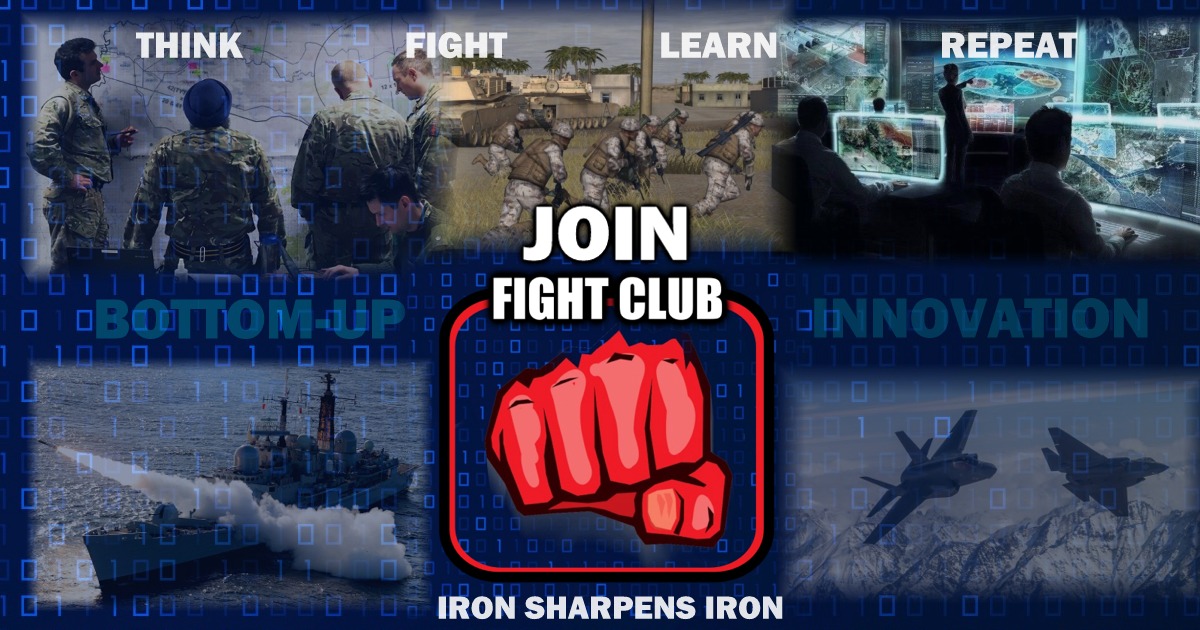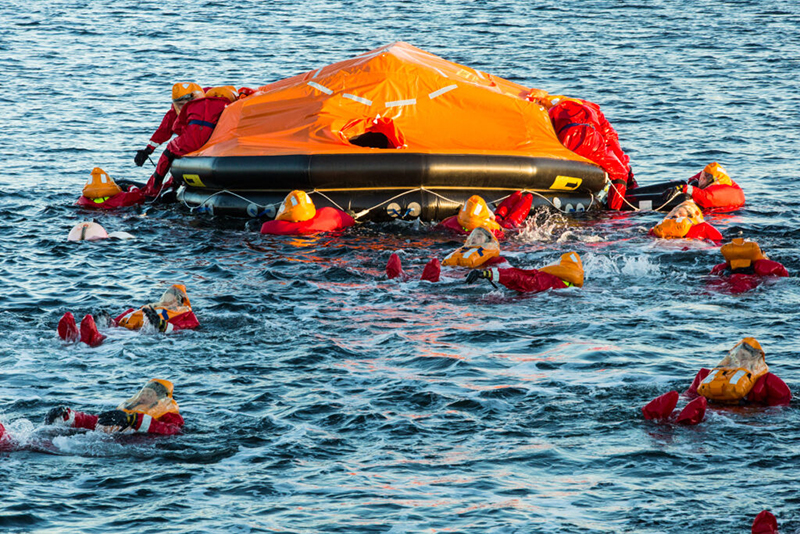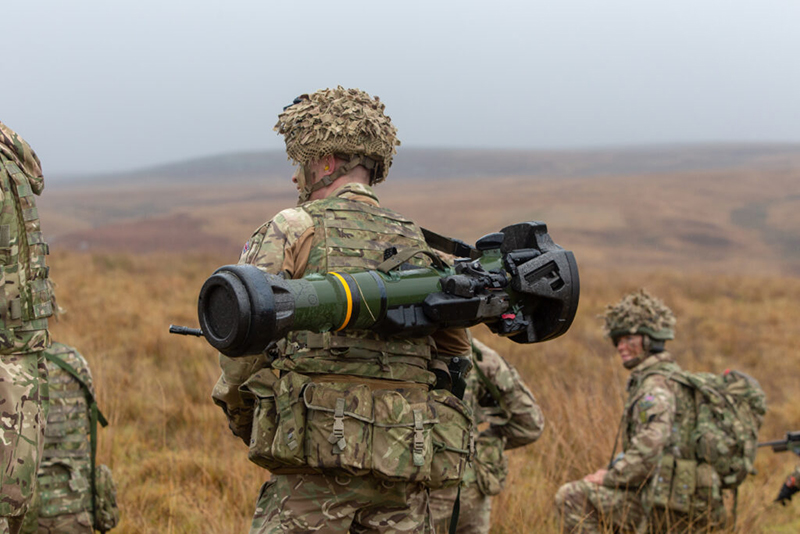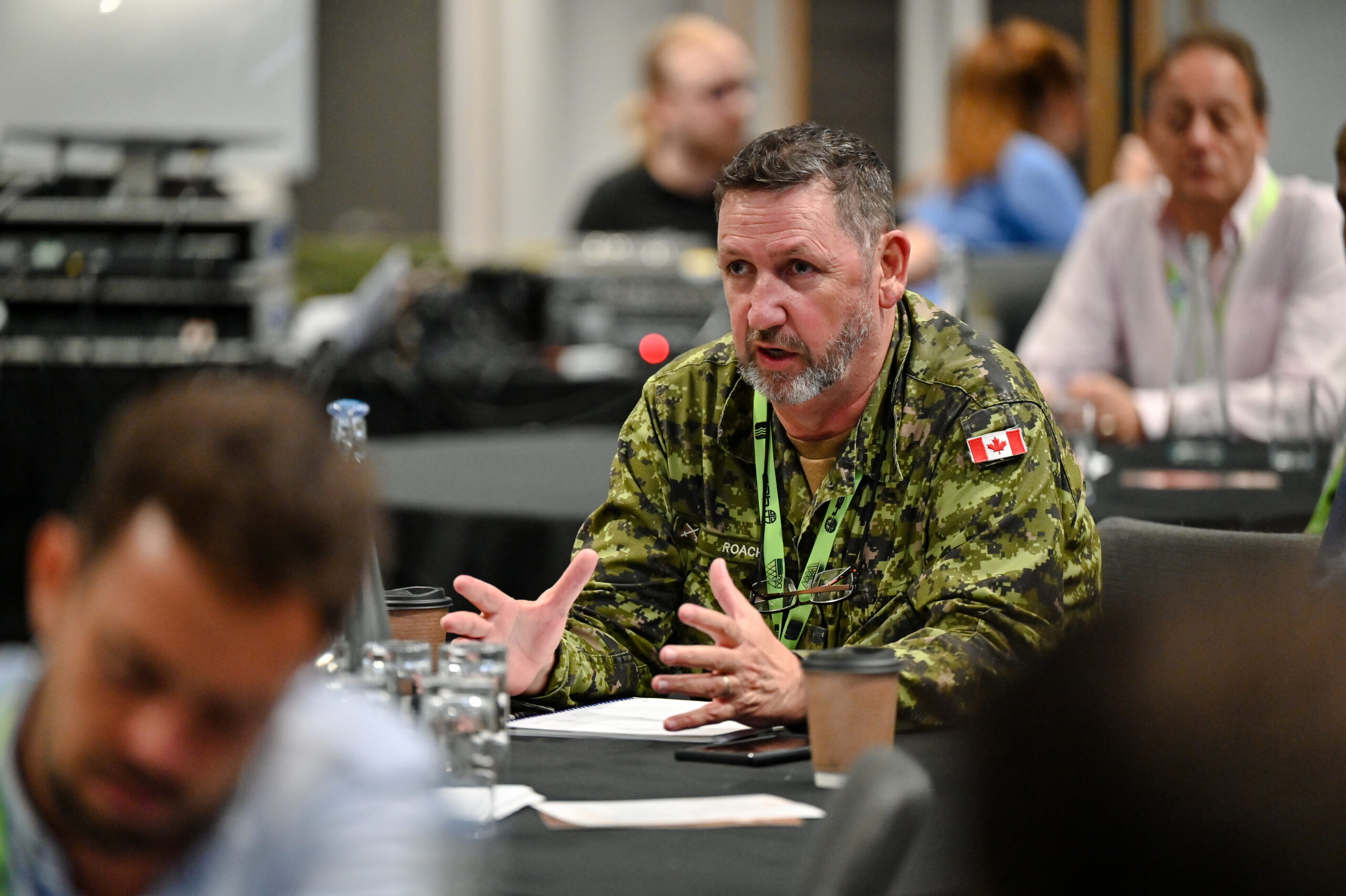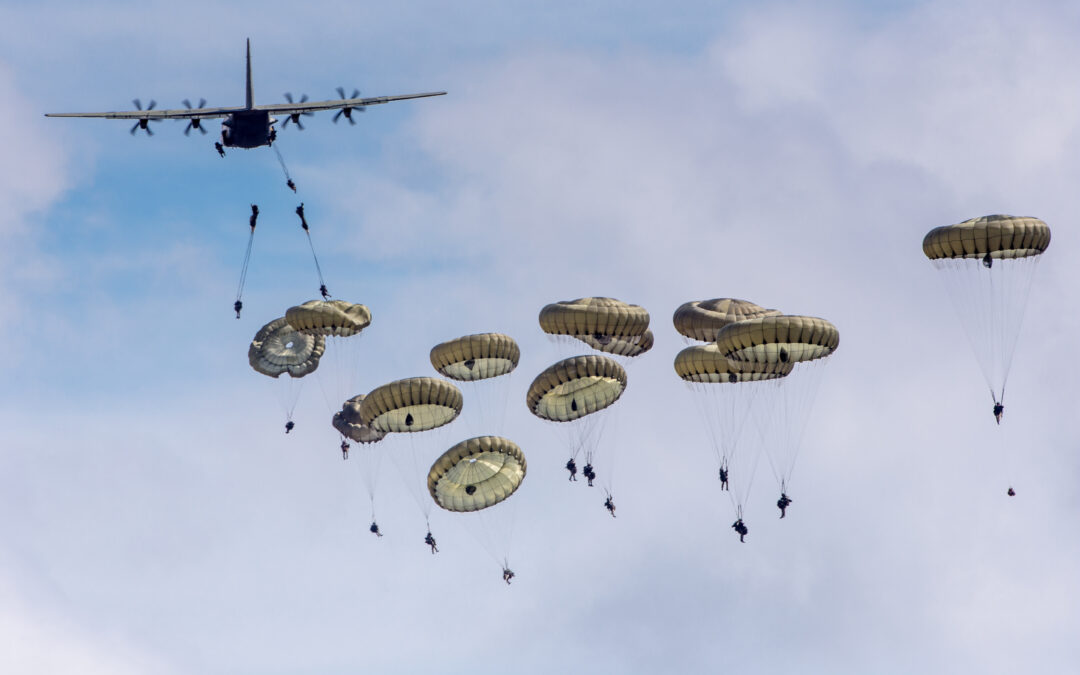
How Military Simulations Can Increase Situational Awareness
Situational awareness is a critical skill for military personnel and defence forces. It enables them to anticipate potential threats and enemy forces before they occur, so they can make better decisions in the field. To increase their situational awareness, militaries around the world are using simulations to create realistic training environments that help them prepare for real-world operations. Let’s explore how these simulations can enhance situational awareness.
The Benefits of Simulations
Simulation-based training has been used by militaries for decades, but recently these simulations have become much more advanced. Modern simulations use cutting-edge technology to create realistic training scenarios that mimic real-world conditions as closely as possible. This allows military personnel and defence forces to practice different tactics and strategies in a safe environment without putting themselves at risk. Not only does this give them an opportunity to rehearse their skills, but it also increases their understanding of different operational environments and helps them become better prepared for any potential threats they may face in the future.
A low-risk environment
Simulations also provide an opportunity to develop decision making skills in a low-risk environment. By running through various scenarios, military personnel can learn how best to react when faced with different situations and develop the ability to think on their feet. This increased situational awareness eliminates the need for guesswork and allows defence personnel greater control over their actions during any given mission or operation.
Read more on this in How does military simulation help prepare for defence missions
Performance feedback
Simulations are also invaluable tools for providing feedback on performance, allowing users to see where they could improve their tactics or strategies for future missions. This feedback is essential for helping defence personnel hone their skills and increase their overall effectiveness on the battlefield.
Real Time Analysis - The Next Level of After-Action Review
One of the key benefits of military simulations is that they provide real-time analysis of user performance. By tracking every action taken by a participant during a simulation, these programs can provide valuable feedback on how well they performed during each exercise. This feedback can then be used to identify areas where improvements need to be made as well as which strategies were successful and should be repeated in future missions. It also allows commanders to quickly evaluate the progress of their soldiers and adjust their training accordingly.
Practice Makes Perfect
The more you practice something, the better you get at it—and this certainly applies for military simulations too! By regularly participating in simulated exercises, defence personnel can become more comfortable with different environments, understand enemy tactics more clearly, and develop strategies for handling potential threats faster than ever before. These skills are vital on operational deployments as they ensure troops can quickly adapt to changing situations whilst maintaining effective command and control methodologies.
Military simulation is an invaluable tool for preparing defence personnel for any situation they may encounter in the field by increasing their situational awareness through realistic simulations and experiences. This allows them greater control over their actions during any given mission so that they are better prepared for whatever situation arises – be it friendly forces or enemy combatants. With this increased understanding of their environment comes greater confidence and peace of mind that whatever happens on the battlefield won’t catch them off guard. That’s why military simulation is such an important part of training today’s soldiers; it ensures that every soldier is fully prepared no matter what challenges come their way.
In today’s world, collaboration is key. At DSET we work with the military, public sector, industry and academia to deliver an unrivalled conference experience bringing together the best minds in Defence Simulation, Education, and Training. Register to attend here.
Image Credit: Defence Photography
